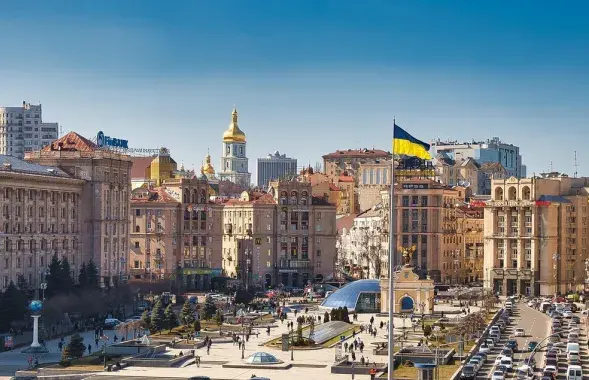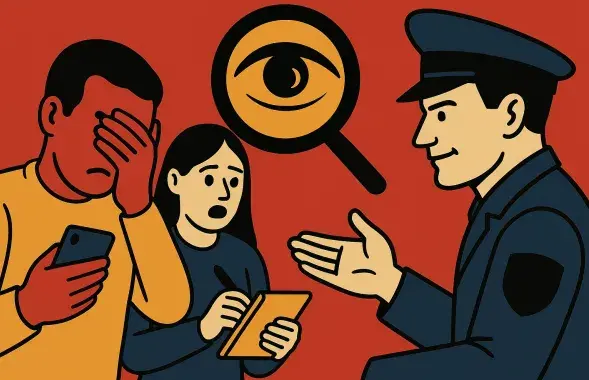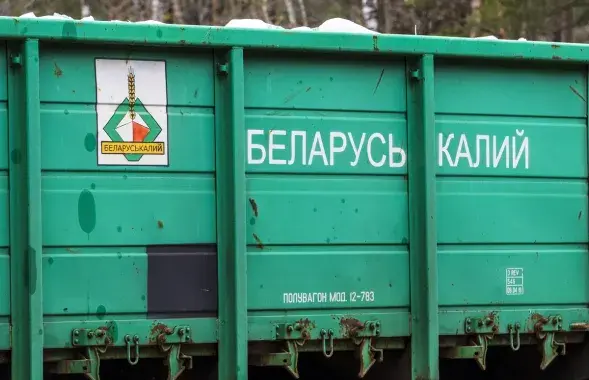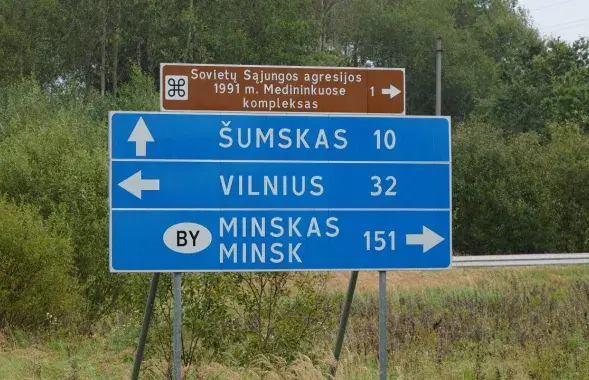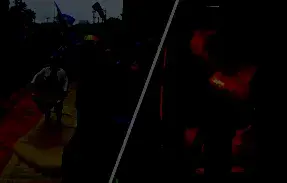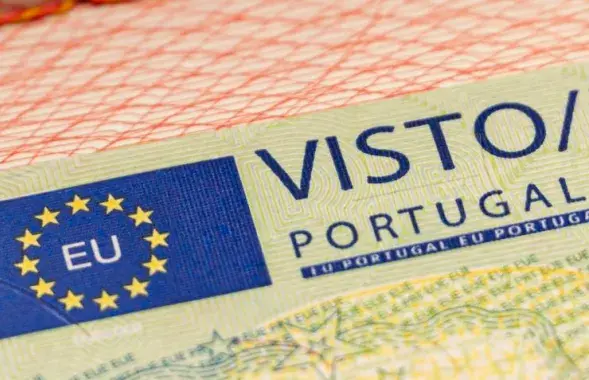Inside Belarus’s war on independent media

Protest / shutterstock
Belarus ranks 167th out of 180 countries in the latest Press Freedom Index by Reporters Without Borders. Before Russia’s full-scale invasion of Ukraine, it was the most dangerous country for journalists in Europe.
Repression against independent media and the suppression of free expression have been ongoing in Belarus for many years. Here are a few key facts to understand the context.
Banned content
Belarus maintains an official “list of extremist materials” — media content that is banned in the country. Any interaction with these materials can lead to administrative or even criminal detention.
The list now spans more than 2,000 entries, the vast majority of which were added after 2020. It includes personal blogs, books on Belarusian history, social media communities, individual videos, and virtually all independent Belarusian media — including Euroradio. It doesn’t stop there: Ukrainian outlets (like UNIAN) and American ones (Radio Free Europe/Radio Liberty and Current Time) have also been designated as extremist.
Even liking a post from one of these media outlets can result in arrest.
Why Belarusian independent media matter not only to Belarusians 👇🏻#StandWithBelarus pic.twitter.com/QC46XuaO8e
— Euroradio. About Belarus in English (@Euroradio_EN) March 3, 2025
